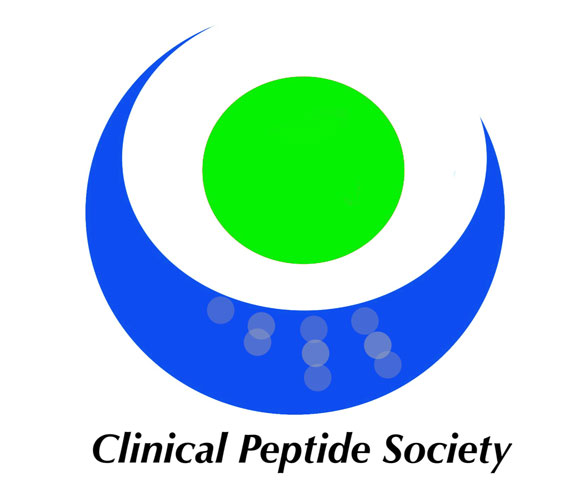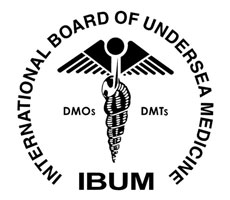How Testosterone Therapy Is Used

Are you considering testosterone therapy? Read on to learn about this type of treatment and how it is used. It is perfectly normal for a man’s testosterone levels to drop as they age, which does not mean they need testosterone therapy. It should be noted that testosterone replacement therapy (TRT) sometimes comes with side effects like organ damage, and the procedure's long-term risks are still unknown. The treatment is usually reserved for men who exhibit symptoms of low testosterone and have blood tests that confirm their deficiency. Low testosterone can lead to a decrease in energy levels, focus, and sex drive. It can also negatively impact your mood.
Restoring your quality of life with testosterone therapy
Some of the symptoms of low testosterone levels can be subtle, while others are more obvious. Symptoms that a person might have low testosterone levels include:
- Erectile dysfunction
- Low energy levels and fatigue
- Low sex drive
- Facial and body hair loss
- Depression
- Difficulty concentrating
Patients who exhibit many of these symptoms are often given blood tests that indicate abnormally low testosterone. According to blood tests, treatment might be suspended if the patient has low testosterone but is not exhibiting any of the symptoms above. Treatment might also not be recommended if the aging is deemed responsible for the patient’s low testosterone levels.
Some of the ways to administer testosterone therapy include:
- Skin patch: Testosterone replacement therapy can be administered with a skin patch the patient wears on the upper body or arm. The patch is worn once a day, and it slowly releases testosterone into their bloodstream
- Gels: This involves using clear testosterone gels that come in small packets. The gel is applied to the skin once a day, and the testosterone is absorbed through the skin. Some gel products are applied inside the nose
- Mouth patches: These are usually small tablets that stick to the upper part of the gums above the incisors. It is usually applied twice daily, and it continuously releases testosterone into the bloodstream via tissues in the mouth
- Injections: Testosterone replacement therapy can also be administered by injecting the patient with testosterone periodically
- Implants: Testosterone therapy can also be done with implants that are inserted into the patient’s soft tissues. These implants slowly release testosterone into the patient’s bloodstream over time
Oral testosterone pills are available, but doctors rarely recommend them since they can have harmful side effects on the liver.
Benefits
Testosterone therapy can help to restore the quality of life of those with low levels. Many men report increased libido, energy, and focus after starting TRT. Many of them also report improvements to the quality of their erections. Testosterone therapy can also help some patients with their mood, and it helps to increase muscle mass and bone density. It also increases insulin sensitivity in some patients.
Testosterone therapy FAQs
The following are some common questions clinicians receive about testosterone therapy to help you decide if treatment may be right for you.
What is testosterone?
Testosterone is a male hormone that is responsible for the development and maintenance of sex organs and male sex characteristics. Testosterone is primarily produced by the testes in men; low testosterone levels and a need for replacement therapy occur when the body does not naturally produce an optimal amount of testosterone.
Can testosterone therapy treat hypogonadism?
Hypogonadism is a condition in which the body does not produce enough testosterone and/or sperm on its own. Testosterone therapy is usually the most highly recommended medical treatment for hypogonadism, particularly as it relates to treating a lack of testosterone production. A lack of sperm production requires a more detailed inspection of the cause.
Does testosterone therapy have any side effects or risks?
There are some potential side effects associated with testosterone therapy. Most notably, the side effects include but may not be limited to skin complications (e.g., acne or oily skin), increased risk of blood clots, testicle shrinkage, and an increased risk of heart attack or stroke.
How do I determine which type of testosterone therapy is right for me?
The method in which you choose to use testosterone therapy, along with the advice provided by your clinician, should be dependent upon the specific concern and severity of the concern that you are treating and your personal preference for treatment.
Get your testosterone levels checked
Noticed any of the symptoms of low testosterone listed above? Give us a call or visit our Fresno clinic to set up an appointment.
Get more information here: https://omgwellnessmd.com or call Optimal Medical Group at (559) 425-1118
Check out what others are saying about our services on Yelp: Read our Yelp reviews.
Related Posts
Shockwave therapy for erectile dysfunction is a breakthrough, noninvasive treatment that uses low-intensity shock waves to improve blood flow to the penis. It restore erectile function, often without medication or surgery. The science is clear: clinical studies show that shockwave therapy, also called low intensity shockwave therapy (LI-ESWT), stimulates new blood vessel growth and improves…
What causes low libido in women? Low libido in women, defined as a persistent reduction in sexual desire that affects quality of life, almost always has multiple causes. From hormonal fluctuations and chronic health conditions to psychological stress and relationship issues, low libido in women is rarely due to a single factor. Addressing low libido…
How erectile dysfunction affects a woman goes far beyond the bedroom. Its emotional and relational impact can be just as profound as the physical. When a partner develops erectile dysfunction (ED), many women experience a loss of intimacy, decreased sexual satisfaction, and challenges. With time these challenges ripple throughout all aspects of their relationship.ED affects…
Women researching low sex drive in women supplements often want fast, reliable results. While supplements are not offered here, this article outlines how the O-Shot compares to over-the-counter options. Low sex drive in women is a real and complex problem, often leaving women and those who care for them searching for answers. If you're wondering…
















